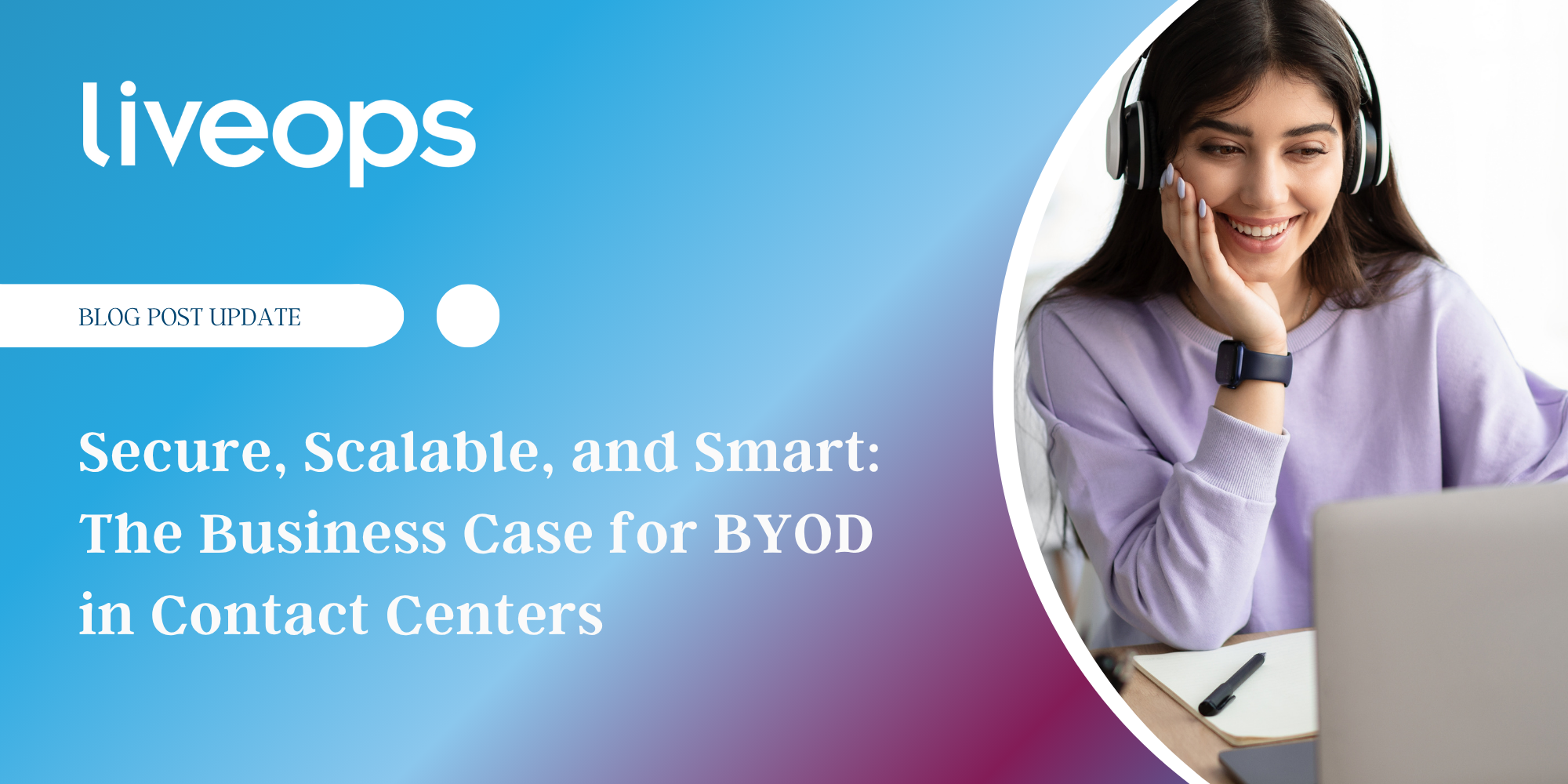5 Reasons the workforce is changing
minutes

5 Reasons the workforce is changing
Things change. Fashion, technology, diets – we are surrounded by change every day of our lives. So there is no surprise that the workforce today looks different than it did a decade ago, or even a few years ago. The rise of the flexible workforce, or gig economy, has disrupted the traditional workplace, and a growing number of people are self-employed.
Workers have strong opinions about how, where, when, and why they work. Here’s what you should know about the workforce today, and why people are moving to the flexible workforce.
1. Satisfaction is low
In short, much of the traditional workforce is not happy at their job. The 2017 Gallup State of the American Workplace reports that 67% of the US workforce is not engaged in their work (compared to a whopping 85% globally). Just over half of the workforce is satisfied in their current position, and only 40% say they have a good job.
These statistics should be alarming to businesses. A study identified that happy workers were 12% more productive at work, compared to the unhappy group that was 10% less productive.
Plus, low satisfaction means people are moving on in their careers. About one-third of Americans have considered leaving their job within the last 90 days.
Job satisfaction is a sliding scale influenced by the needs and desires of workers. People are taking ownership of their careers and are looking for more fulfilling opportunities. Some may find this in another traditional job, and some may venture into the flexible workforce. The MBO State of Independents says 81% of full-time freelancers are satisfied in their careers, and most would not consider going back to a traditional position.
2. Age isn’t as polarizing as we think
There are four generations currently represented in the workforce. Generation Z is just starting to enter the job market, born into a world of technology and the gig economy. Millennials and Generation X each equal about a third of the working population. These generations have strong voices behind the need for work-life balance. Baby Boomers are postponing retirement and continue to work beyond age 65.
Each generation has its personality types and values, but in the 2020 workforce, their attitudes are very similar. Flexibility is important to all ages. Erratic schedules are necessary for people caring for family members. People that travel often desire the ability to work from any location. Across the board, flexibility gives workers freedoms a traditional 9-5 may not offer.
The gig economy, which represents about 36% of the working population, has participants from every generation. The stereotype that millennials overrun this type of work is false. In reality, about one-third of working Baby Boomers and Generation X are a part of the flexible workforce. Many people have always wanted to work for themselves, and the gig economy has welcomed them with open arms.
3. Available jobs don’t meet worker expectations
The Bureau of Labor and Statistics reports 145,000 jobs were added in December 2019, and the unemployment rate was unchanged at 3.5%. Yet, a labor shortage continues to be the theme across American companies. There are more workers than jobs in the market, so job-seekers can be selective when finding new opportunities. The challenge is that many of the available opportunities are low-quality jobs and are not meeting the workers’ expectations of adequate pay, benefits, or flexibility.
The flexible workforce can help solve this problem. Companies engage independent contractors to fill the open positions at their positions with choice talent from across the country and simultaneously see the benefit to their business. For example, enterprises that leverage a virtual contact center model have access to premium, experienced talent, and notice customer satisfaction rates increase, on average, 15-33%.
4. Meaningful opportunities are important
Stable income is an obvious requirement among workers, but it is not the only one. Some factors can even supersede pay as a driver for job satisfaction. Finding meaning and purpose is a common desire for workers today. A survey of American workers said they would be 45% more efficient if they had more meaning in their jobs.
“Meaningful work” resonates with workers in many different ways. It could mean what they do and the projects they take on constructively utilize their skillset. It is meaningful when they have an opportunity for professional growth. Rewards and recognition can be empowering. Understanding the “why” and “who” behind an organization can be a game-changer.
In short, people want to feel empowered and valued at work. If their current position is not fulfilling, they are likely to try and find it elsewhere.
5. Self-employment is trending
For many, the entrepreneurial spirit is winning the battle between traditional and alternative workforces. The growing number of flexible workers has grown substantially over the last few years – 15% in 2015, to 36% in 2018. Independent contractors have the autonomy to work when, where, and how they want. Because they can select the opportunities that meet their needs, they tend to have more fulfilling work.
Companies can tap into the resourceful pool of self-employed workers through several platforms. For example, a virtual contact center model leverages independent contractors from across the country. These flexible workers have varied experiences and quickly grow brand affinity, resulting in positive experiences for the end-customers.
The next few years will bring significant changes to the way people work and how businesses interact with the workforce. A typical workweek may look different tomorrow than it does today. The scales of work-life balance may finally start to even out. There is one thing we know for sure – the workforce evolution is gaining momentum and won’t be slowing down any time soon.



